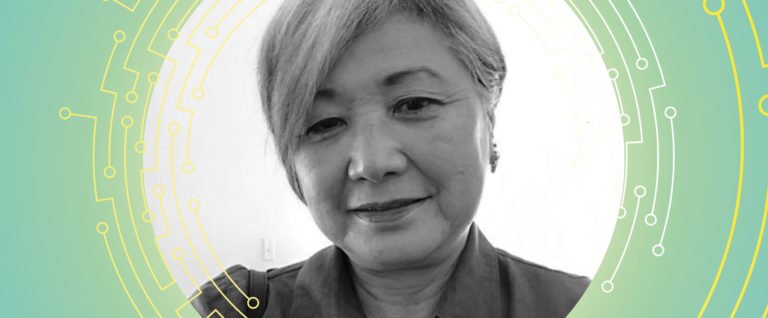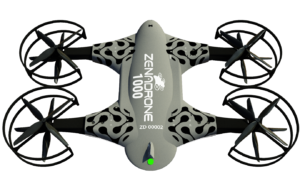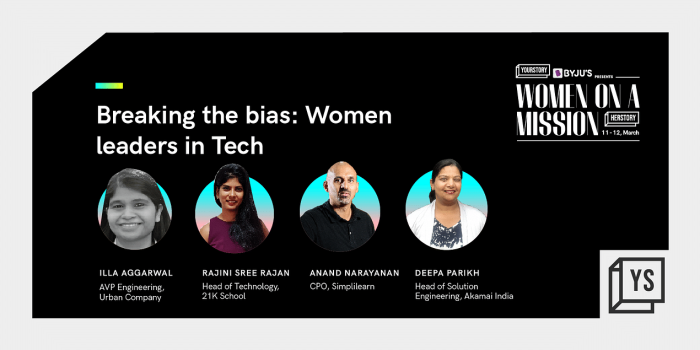There’s no question that the gender gap in the technology industry continues to be a significant and extensively discussed topic. While females make up almost half, or 47%, of the U.S. workforce, females in tech hold less than
28% of the leadership positions. Yet data suggests that companies with female leadership fare far better, so what can be done to encourage more women to join the technology industry, and what is discouraging them?
As the world continues to adjust to the Covid-19 pandemic’s shifting new norm, tech companies and employees on all fronts have been spread thin. Burnout has become less of a popular term to use and more of a reality. On the bright side, many companies have learned what’s of the utmost importance throughout the pandemic—to help their employees avoid burnout—and to more recently help support working mothers succeed in their roles. Multiple surveys show that mothers have taken on more responsibility during the pandemic due to constant lockdowns and closures of daycare centers. According to a
WIA Report, “Compared to 14% of men, 44% of women reported being the only one in the household providing care.”
Now more than ever, tech companies must support women to keep their roles rather than quit them due to hurdles like family pressure, as women tend to support more diversity and inclusion initiatives, as well as mentor their teams, in comparison to their counterparts in their roles, creating a better culture and work environment for all. Recognizing women’s contributions to the tech workforce and recognizing what they need to succeed will ultimately make companies and their employees as a whole the winners.
One reason it’s important to champion women in the workforce is that they tend to champion DEI Initiatives in comparison to males. An important reason women should be encouraged to join the tech industry is that by nature, they tend to support and pick up roles outside of the job duties, increasing their value to the company they work for and also improving culture.
According to a McKinsey & Company annual study,
Women in the Workplace 2021, "Women leaders are up to twice as likely to spend substantial time on DEI work that falls outside their formal job responsibilities." This includes additional responsibilities like supporting employee resource groups, mentoring females and organizing charitable giving programs and volunteer efforts that support the company’s mission. The importance of supporting DEI initiatives helps everyone within the organization to show up as their true selves, without judgment, resulting in increased productivity and a happier workplace.
Overlooking DEI efforts can have serious implications for companies. According to the Women in the Workplace study, “Companies see the value of women leaders’ contributions. Almost 70% of companies say that the work employees do to promote DEI is very or extremely critical, and an even greater number say this is true of the work managers do to support employee well-being. But less than a quarter of companies are recognizing this work to a substantial extent in formal evaluations like performance reviews.”
Yet knowing that a female's presence in tech is important and necessary to a company’s success is just the tip of the iceberg—getting females interested in STEM (science, technology, engineering and mathematics) early in life is another. Female students tend to have more fear and are turned off to math and science early on versus male students. While women are gaining interest in STEM careers, there’s still work to be done. Men make up about
73% of all STEM workers in the U.S. The opportunity to excite young women early in life will encourage and help to keep them interested in pursuing a career in tech. Telling women they’re enough, and also supporting them to accept promotions is key to keeping them in the industry.
Continue reading:
https://www.forbes.com/sites/forbestechcouncil/2022/03/17/why-tech-still-needs-more-female-leaders/?sh=79acf4fd7c8f
























